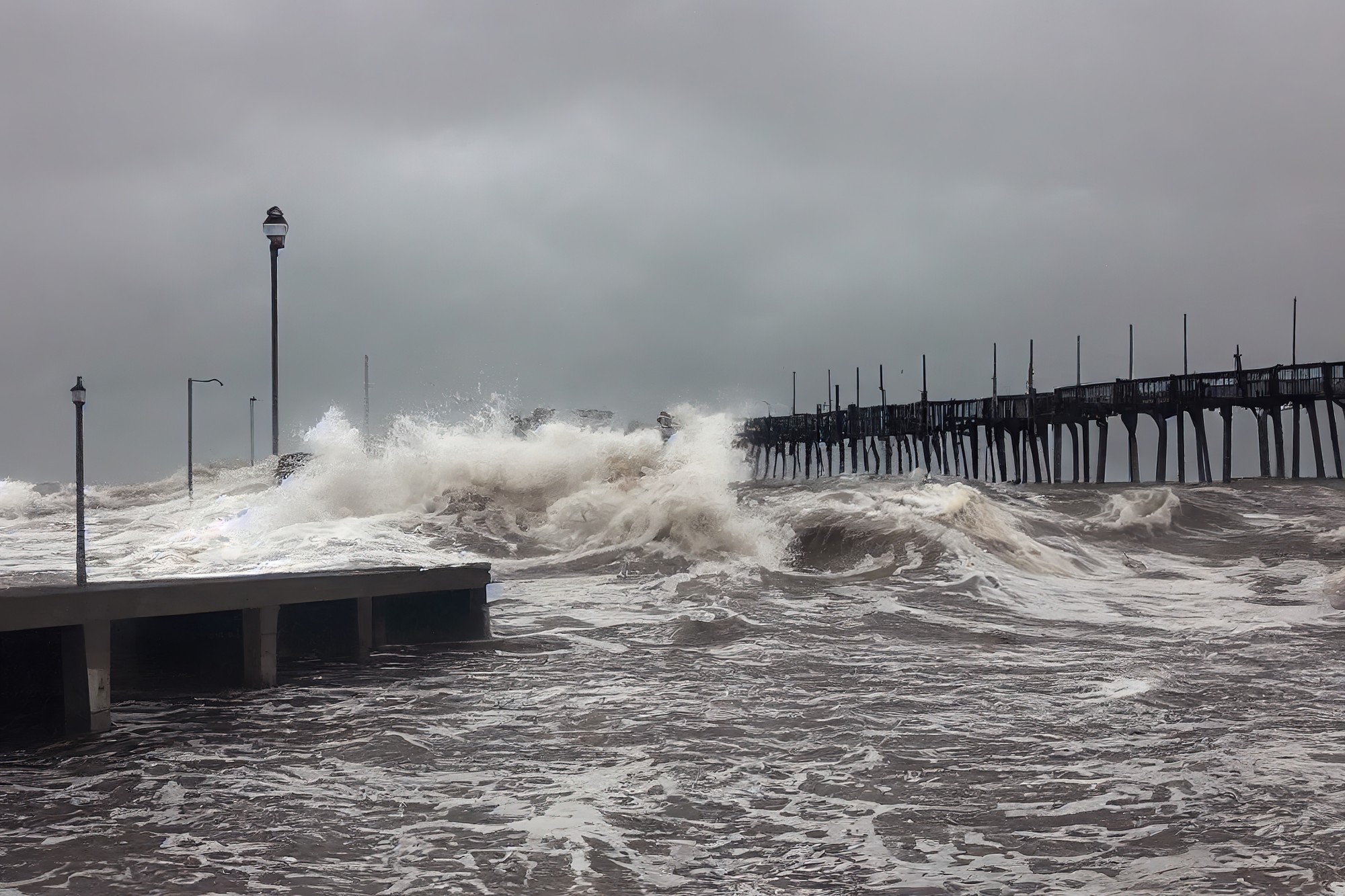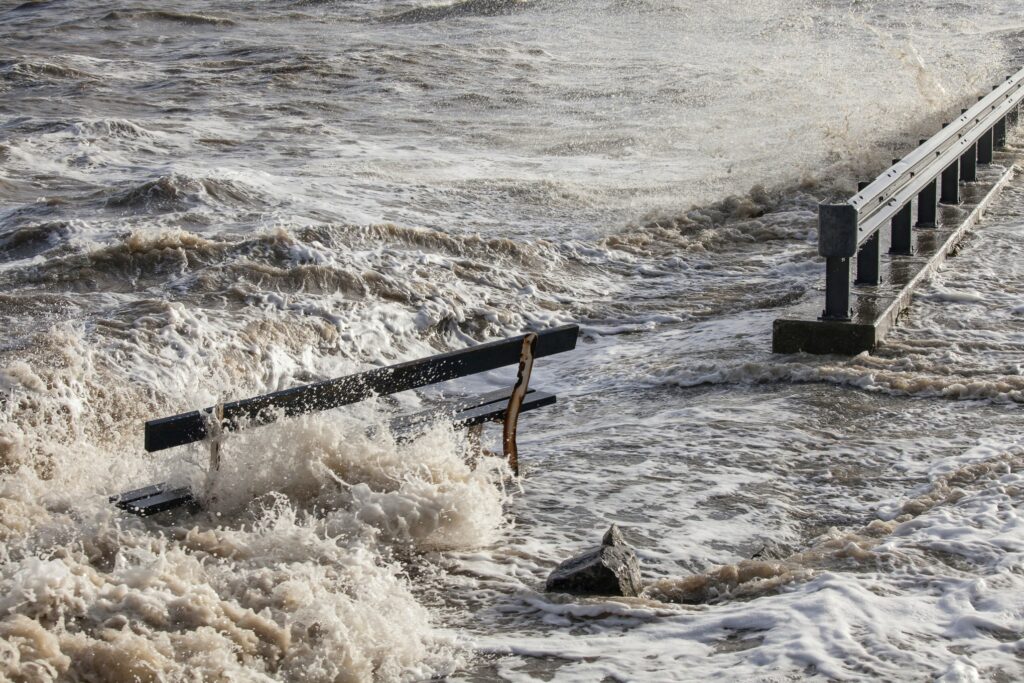
Heavy Rain, Flooding, and Chance of Severe Weather Staring Down the Southern U.S.
January 22, 2024
Posted: January 12, 2024 1:27 pm





People across the globe have increasingly become aware of the increase in the severity of many weather events. Whether it’s powerful and destructive hurricanes, extreme rain events followed by catastrophic flooding, unbelievable and death-dealing lake-effect snowfalls, bomb cyclones, or more numerous tornado outbreaks, weather patterns are clearly changing. Some of these events may be fueled by changes in Earth’s oceans, which cover three-quarters of the planet’s surface.
The biggest cause of global heating is insolation from the sun. Much of this heat is captured by the Earth’s surface. Indeed, the oceans are the largest heat reservoir of planet Earth. According to a recent international study, more than 90% of Earth’s excess heat was absorbed by ocean waters since 1970.
Hotter oceans have a direct impact on the severity and increasing frequency of many weather events. Heat is a form of energy. Latent heat stored in the oceans is a supercharging driver for many weather phenomena, either directly or as part of a natural chain of events.
Hurricanes are given birth over the oceans where water temperatures are above 26 degrees C. Inevitable and predictable, as ocean temperatures rise, more and larger hurricanes are hitting populated land areas.
The Earth’s water cycle, which regularly moves water from the oceans to the atmosphere, is causing heavier rain events. The warming oceans are increasing the levels of water vapor in the atmosphere. This directly causes more intense rain storms in some places.

More pronounced polar outbreaks are now linked to ocean temperature rises. For example, that study indicated that cold tropical Pacific waters coupled with a warm Gulf of Mexico water are likely to generate large-scale atmospheric conditions that enhance thunderstorms and a tornado-favorable environment over the Southern Great Plains of the United States.
Research has indicated that fluctuations in sea-surface temperature are responsible for causing persistent droughts in North America and around the Mediterranean regions.

Clearly, extreme weather, probably catalyzed by warmer ocean temperatures, has a major effect on human activity. Nearly 75% of human beings live within 50 km of the sea. Although many extreme weather events are far from the coast, clearly many people living near the shore are affected by them. Even a small in ocean temperatures represents an enormous amount of heat, one large enough to transform the ecosystem and fuel extreme weather.
There is abundant evidence that human activity, particularly in the form of greenhouse gas emissions, has caused notable warming in the atmosphere and hydrosphere over the past 50 years. Activities that most stony correlate with global temperature changes vary from building out of power generation, widespread usage of internal combustion engines for transportation and other purposes, more manufacturing plants, deforestation including massive large-scale burning, and even flatulence from agricultural animal populations.
Clearly, no one person or even one nation can make a significant difference. Overall, the push for global net-zero carbon emissions seems like a major part of the solution. Part of that solution is the continued education of all Earth’s citizens on ocean science and particularly the effect of our oceans on the weather.
Embedded in the goal, however, are the trick machinations of differences in geopolitical attitudes, particularly as they related to third-world versus first-world nations. Overall, a balance must be struck between the desire of humankind for a comfortable modern lifestyle versus the effect of modern living on the planet’s environmental balance.

January 21, 2024

January 19, 2024

January 18, 2024